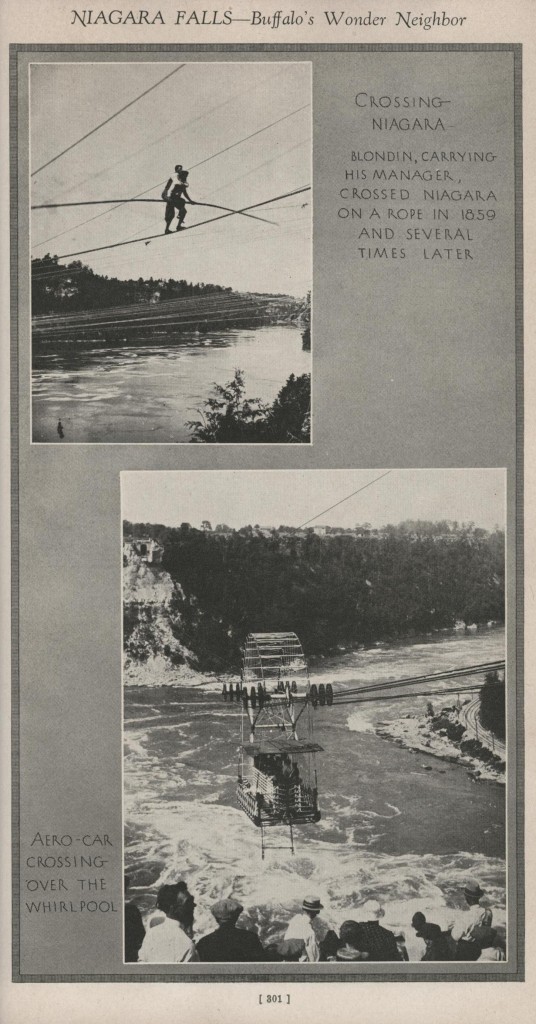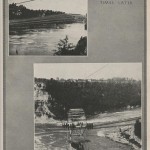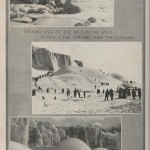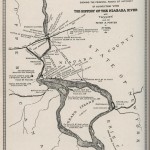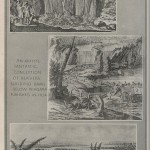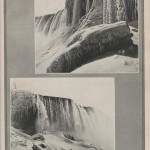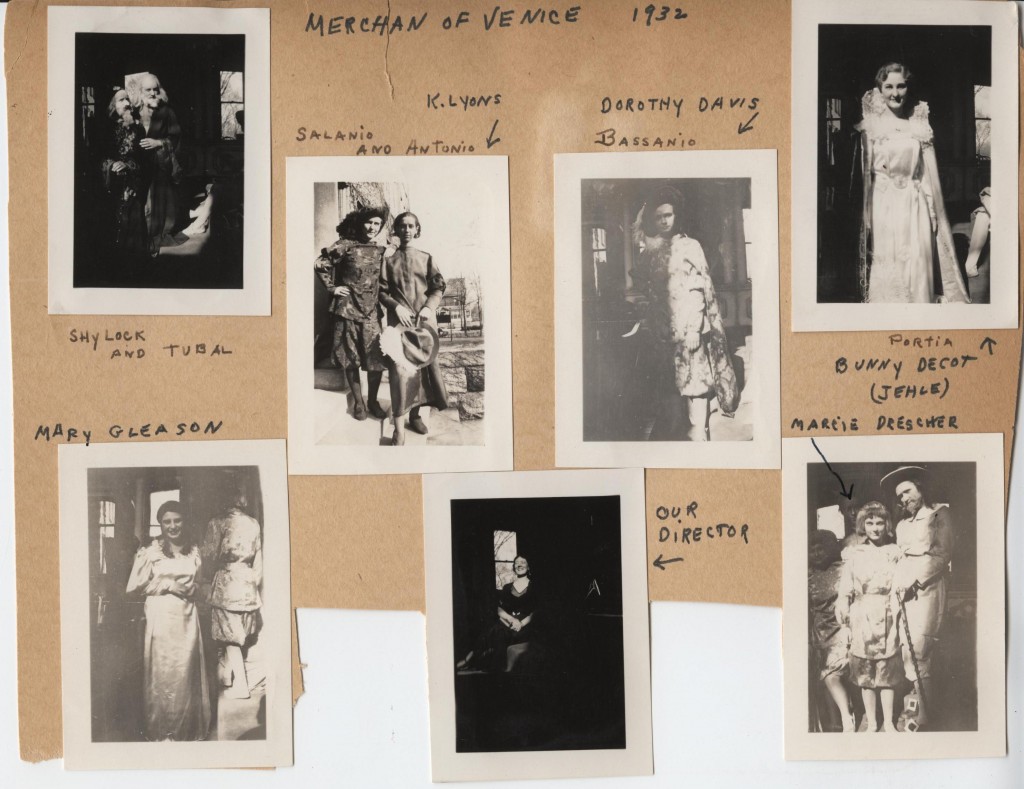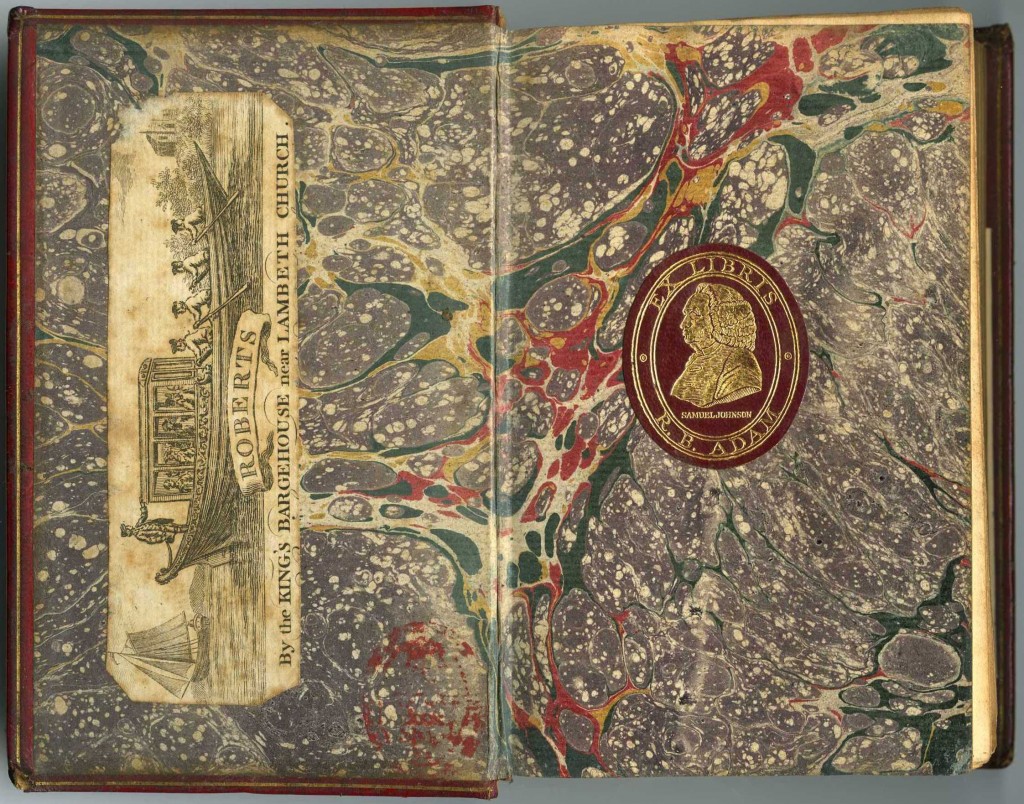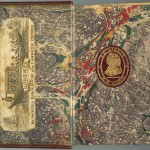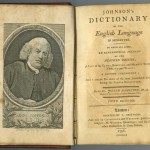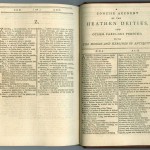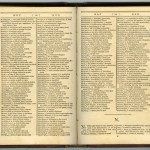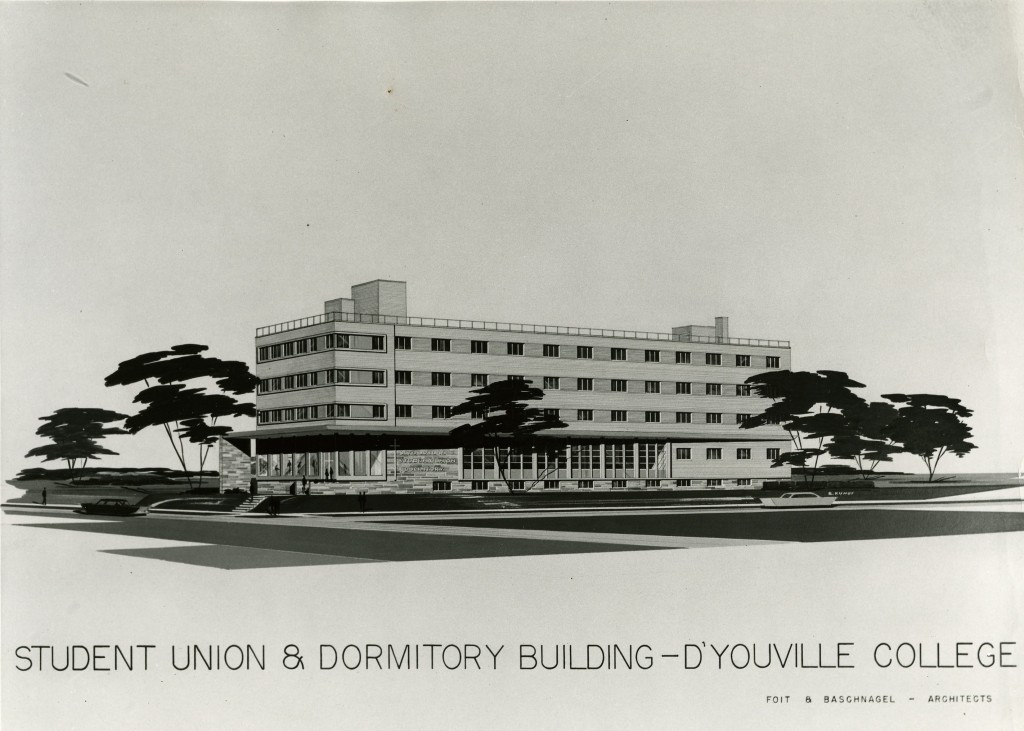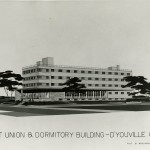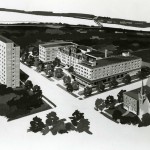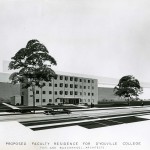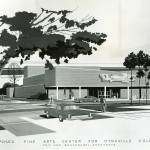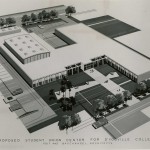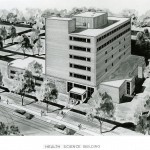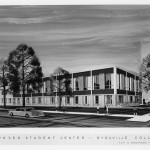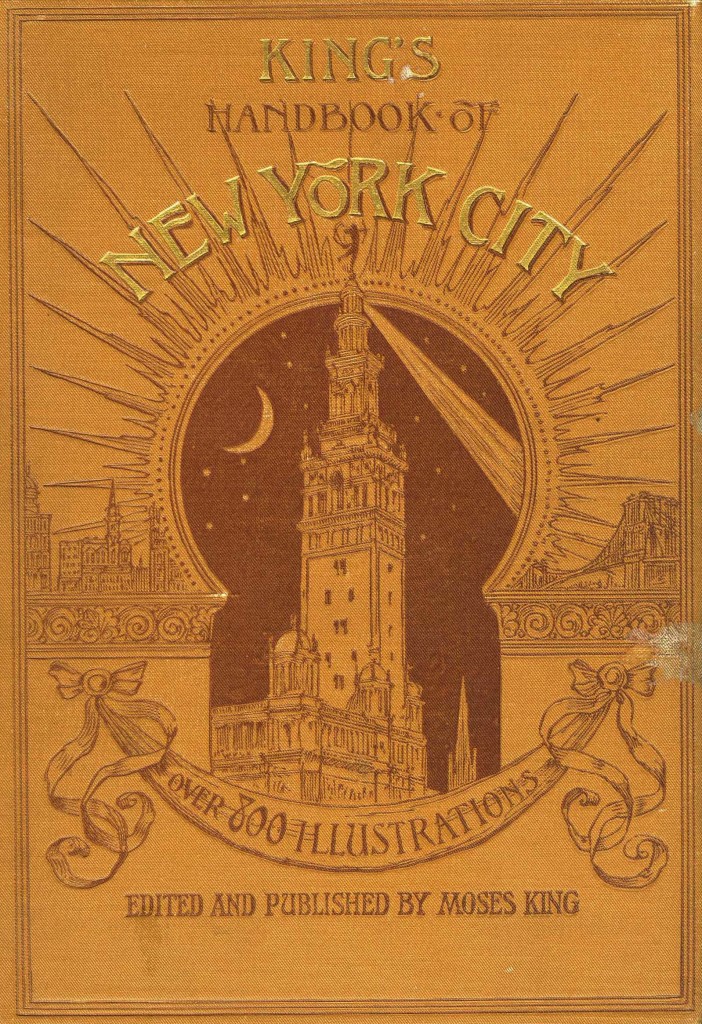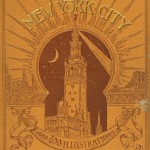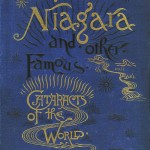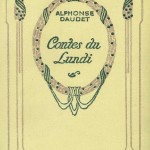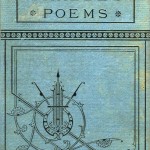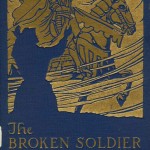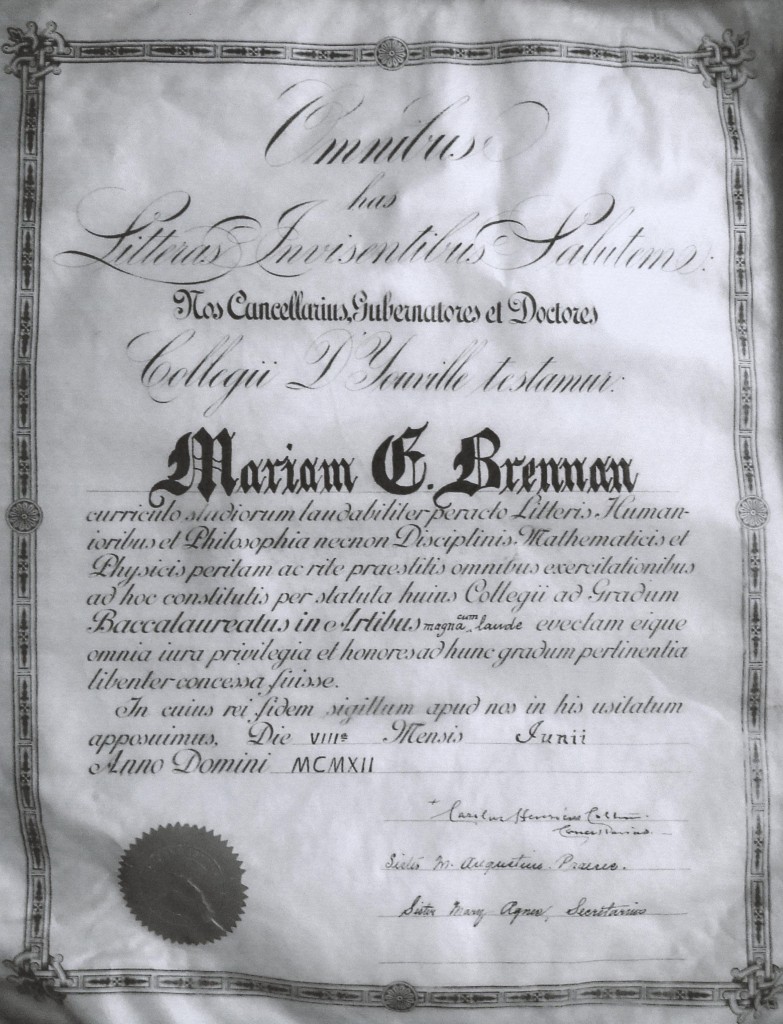Source: This is the Story – in Pictures and Words – of Buffalo, One of America’s Truly Great Cities, published by Otto Retter, 1932.
Author Archives: Amy Vilz
The play’s the thing
This short finding aid lists plays produced in the D’Youville auditorium from 1908 to 1967, and minor plays enacted by special groups 1912 to 1962. Download or view the guide to plays performed at D’Youville here.
Search the finding aid 2 ways:
1. Browse the guide chronologically.
2. Keyword search by using the Ctrl-F function [hold the “control” key and hit “f”].
Anxious to please, as well as instruct…
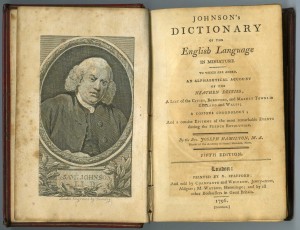 A Dictionary of the English Language was published by Samuel Johnson in 1755. Johnson’s Dictionary, as it is also known, was the preeminent English dictionary for some 173 years until the Oxford English Dictionary was published. The work took some 9 years to produce, and established a standard for creating and presenting entries. The D’Youville College Archives holds a miniature edition from 1796, Johnson’s Dictionary of the English Language in Miniature to which are added, an alphabetical account of the heathen deities; a list of the cities, boroughs, and market towns in England and Wales; a copious chronology; and a concise Epitome of the most remarkable Events during the French Revolution. In the introduction, editor Joseph Hamilton wrote:
A Dictionary of the English Language was published by Samuel Johnson in 1755. Johnson’s Dictionary, as it is also known, was the preeminent English dictionary for some 173 years until the Oxford English Dictionary was published. The work took some 9 years to produce, and established a standard for creating and presenting entries. The D’Youville College Archives holds a miniature edition from 1796, Johnson’s Dictionary of the English Language in Miniature to which are added, an alphabetical account of the heathen deities; a list of the cities, boroughs, and market towns in England and Wales; a copious chronology; and a concise Epitome of the most remarkable Events during the French Revolution. In the introduction, editor Joseph Hamilton wrote:
Anxious to please, as well as instruct, the Editor has procured a Type of unequalled Symmetry and Beauty; the Paper is of the finest Quality and Texture, and the typographical Execution unrivalled.
What was there?
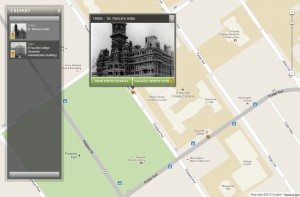 The website What Was There links historical images to locations on Google Maps, giving a snapshot of history wherever you are. Users upload photos and provide a location and year. Currently, there are over 100 current and historical images of Buffalo and its vicinity, including the D’Youville campus.
The website What Was There links historical images to locations on Google Maps, giving a snapshot of history wherever you are. Users upload photos and provide a location and year. Currently, there are over 100 current and historical images of Buffalo and its vicinity, including the D’Youville campus.
Try it! Go to http://www.whatwasthere.com and enter a city, state, or country.
Vertical File index finding aid
The D’Youville College Archives maintains A to Z subject files of topics, events, and people related to D’Youville College (the “vertical file”). Materials contained in each file vary, but can include images, correspondence, brochures, and clippings. An index to the Vertical File is now available online.
Search the index 2 ways:
1. Keyword search by using the Ctrl-F function [hold the “control” key and hit “f”].
2. Browse the index by subject, arranged A to Z.
D”Youville Rendered
Cover Story
In addition to institutional records, the D’Youville College Archives holds rare books, mainly from the late 19th century. Book publishing expanded rapidly during the 1800s, with books becoming more affordable for the general public. Most were printed with cloth book covers and often embellished with gold stamping, illustrations, or other ornament. Although these books were mass-produced, the charm of the illustrative cover art deserves notice. Below are examples from the rare books collection.
Nursing Pinning and Capping Ceremonies
This year’s pinning ceremony for graduating nurses is May 17 at Roswell Park in the Hohn Lecture Hall. The D’Youville pin is presented to graduates signifying their commitment to the nursing profession. The Bachelor of Science Nursing program at D’Youville began in 1942 with the first graduating class in 1946. At the time, D’Youville was a women’s college. In 1971, the college became co-educational, and male nursing students were admitted. The 1980s and 90s saw an expansion of the program to include Masters degrees.
Moving Up Day
Graduation!
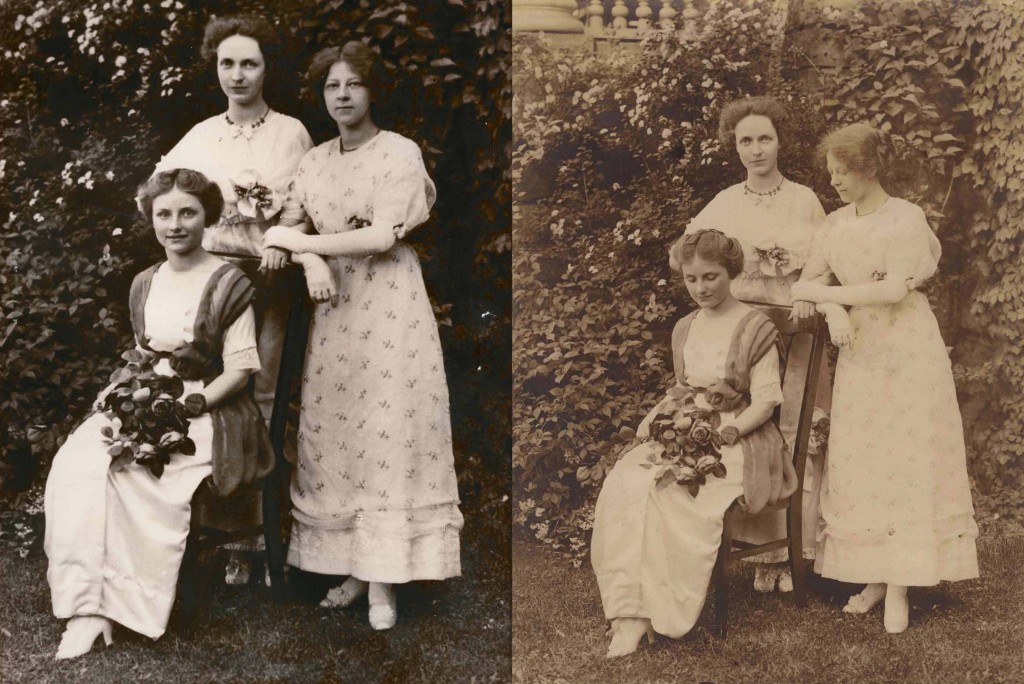
First D'Youville graduates, 1912. Sitting: Pauline Garnett. Standing (l to r): Mary Brennan, Elizabeth Gosselin.
100 years ago, Pauline Garnett, Mary Brennan, and Elizabeth Gosselin became the first graduates of D’Youville College. The event was held in the College Auditorium (now the Kavinoky) and was reported by Nanette Lancaster (class of 1913) in the D’Youville Magazine*:
Cardinal Farley presented the diplomas to the graduates, after which Bishop Colton placed upon each one the hood significant of the degree she received. Those who had completed the course prescribed by the institution and were entitled to the degree of Bachelor of Arts were Miss Mary Brennan of Medina, NY, who received special honours in Latin, English and Pedagogy; Miss Pauline Garnett of Buffalo, who received her degree with special honours in History, English and Pedagogy; and Miss Elizabeth Gosselin of Redford, NY, with special honours in French and Pedagogy. Miss Helena Sheehan of Buffalo, BA of Trinity College, 1911, who took a post-graduate course at D’Youville in English and Aesthetics, received the degree of Master of Arts. Miss Elizabeth Cronyn, of Buffalo, because of her distinguished accomplishments in music, her splendid and successful efforts to elevate musical taste in Buffalo, and to establish high ideals of artistic musical performance, also because of her beautiful, Christian womanliness, received the degree of Doctor of Music.
This year’s graduation ceremony will be held at Kleinhan’s Music Hall, Saturday, May 19 at 9:00 am. More information on tickets, graduation events and festivities can be found here.
*”Commencement Week,” by Nanette Lancaster. D’Youville Magazine, vol. 5 no. 3 (July 1912).

